Always wanted to step up your skills? We have just the thing. Many crafters have taken the plunge and are experimenting with their own yarn creations – whether it becomes a hobby or something you’d like to make a business out of, we think it’s time for you to give it a try. Crochet designer Sarah Shrimpton and expert spinner Louise McDonald share their insider secrets and help you to get started.
DYEING TO KNOW
Sarah Shrimpton has been experimenting with natural yarn dyes and you may be surprised by her secret fruity ingredient! “Using natural ingredients is a slightly different and more lengthy process than using acid dyes. I’ve recently been working with avocado – would you believe you can get the most beautiful coral and blush pinks from the stones and skins? Making your own dye is a bit like making soup. First you’ll need to collect your dye materials – you could try onion skin for yellows and oranges, nettles and oak leaves for beige, or hollyhock flowers for pinks and reds. As a rough guide, you’ll need around 100g of dyestuff per 100g of yarn. Add your ingredients to a pan of water, simmer for around an hour to extract the colour and once it’s cooled you can use the liquid to dye your yarn. Most dyeing processes use a mordant which is a substance that combines with a dye or stain to fix it to a material. If you want to work without it, simply soak your yarn first then add it to the dye bath – you’ll achieve different colours but that’s all part of the fun!”
SPIN ME ROUND
Louise McDonald is the creator of
Spin City – a glittery, magical handmade store where you can get the most stunning spinning equipment and wool. We caught up with her over a cup of tea and shimmery threads to find out all about her crafty process – it’s safe to say we’re very inspired!
“The idea that I can combine colours in any thickness, texture, fibre or ply and create as much of it as I want blows my mind – if you want a super bulky, rainbow, glittery, gradient yarn, you can make it! Once I’ve dyed and gathered my fibre selection, I card everything together to smooth it and add luxury fibres like soya silk, tencel, firestar or glittery angelina. I choose the spinning wheel best suited to the type of yarn I want to create and attach the fibre to my bobbin. Spinning wheels are beautiful things and I love to think of the connection I share with generations of women who have used these wonderful tools before me. I start by treadling slowly in a clockwise direction to build momentum, gently moving my feet up and down on the pedals. At the same time I draft the fibre in my hands – drafting is the process of pulling fibre into a continuous thickness and length before you add twist. Holding my left hand in a firm pinch nearest to the wheel, my right hand pulls backwards to draw fibres out to a thickness that I want my final yarn to be. I then slide my left hand down the newly-drafted fibre releasing any twist built up by the wheel – I have now created an inch of yarn! I repeat this process for as long as I want my yarn to be, before winding it into a skein to knit or weave with later. This creates a single-ply yarn as it has been spun once on a spinning wheel or a drop spindle. There are so many different types of yarn; two-ply, three-ply, boucle, thread plied, core-spun, lock-spun – the list is endless, and I intend to spin them all and in every colour imaginable!”
Looking for more inspiration? Give
weaving a go!











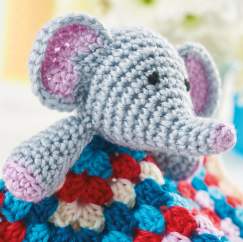
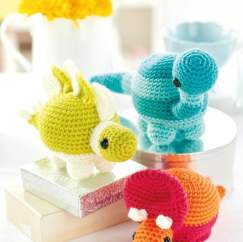
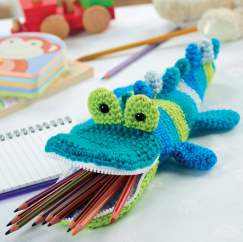
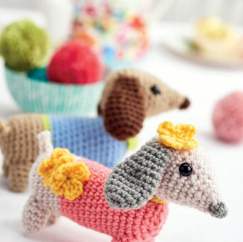
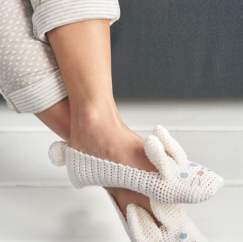
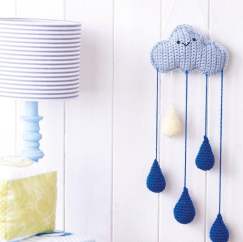
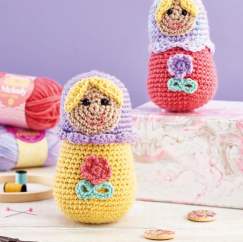
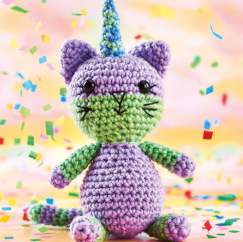
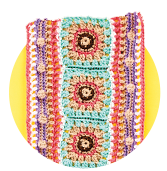 Crochet-along
Crochet-along
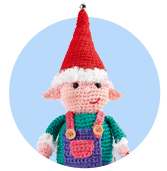 Christmas
Christmas
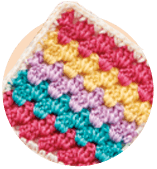 Granny Squares
Granny Squares
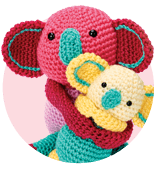 Toys
Toys
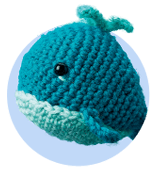 Amigurumi
Amigurumi
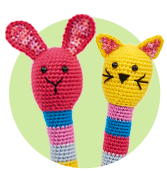 Baby
Baby
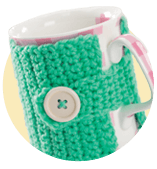 Homewares
Homewares


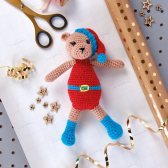







Share